Birds
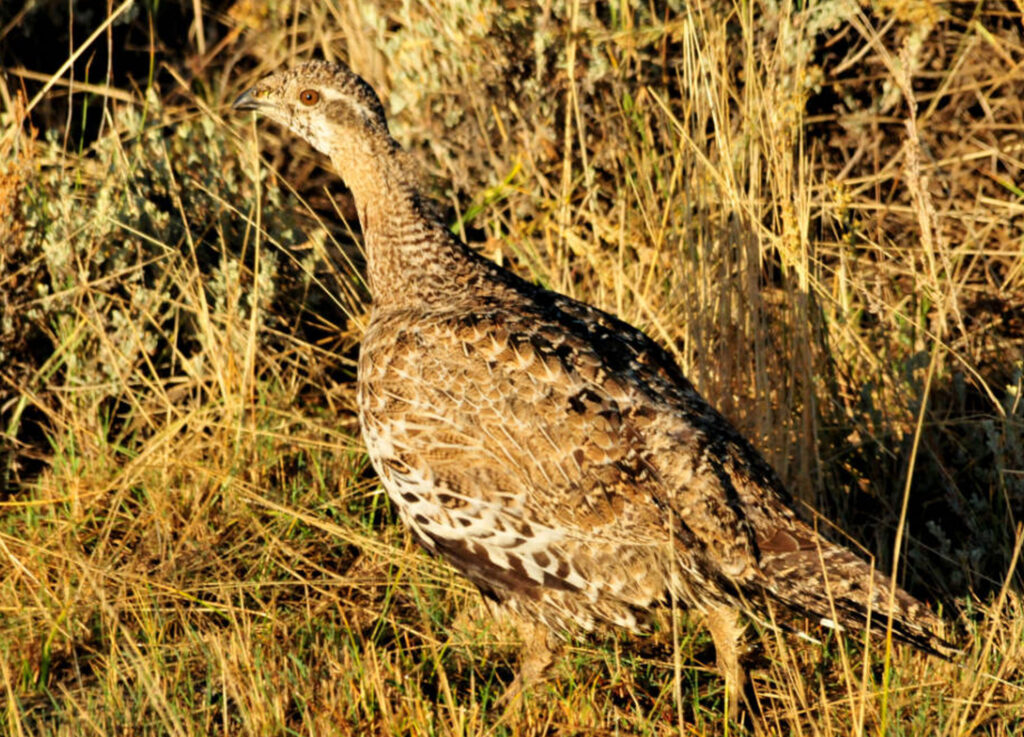
Greater Sage Grouse
In Canada, the greater sage grouse (Centrocercus urophasianus) is restricted to sagebrush grasslands in southern Alberta and Saskatchewan. Populations have declined by nearly 90% due to over-grazing, predation and habitat loss and degradation, in large part due to oil and gas exploration and conversion of native grassland to agriculture. Males display to groups of females in ‘leks’.
Potential ex situ role(s): Reinforcement (underway), Demographic Manipulation (underway), Reintroduction (when feasible for extirpated C. u. phaois)
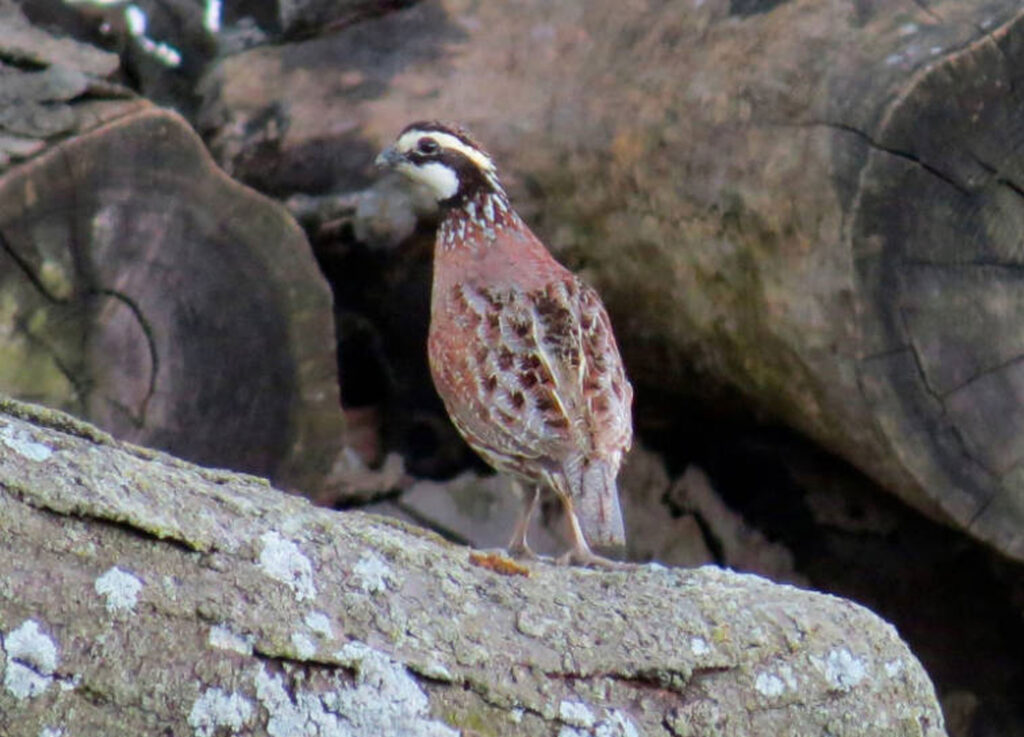
Northern Bobwhite
The Northern bobwhite (Colinus virginianus) may have one of the greatest public appeal ratings of any North American bird. The breeding call is a distinctive ‘bob-white!”, after which it is named. The small quail is found throughout most of North American and into western Guatemala. However, in Canada, it is native only to southwestern Ontario. It is likely that only one population of native bobwhite remains, located on Walpole Island.
Potential ex situ role(s): Reinforcement, Reintroduction
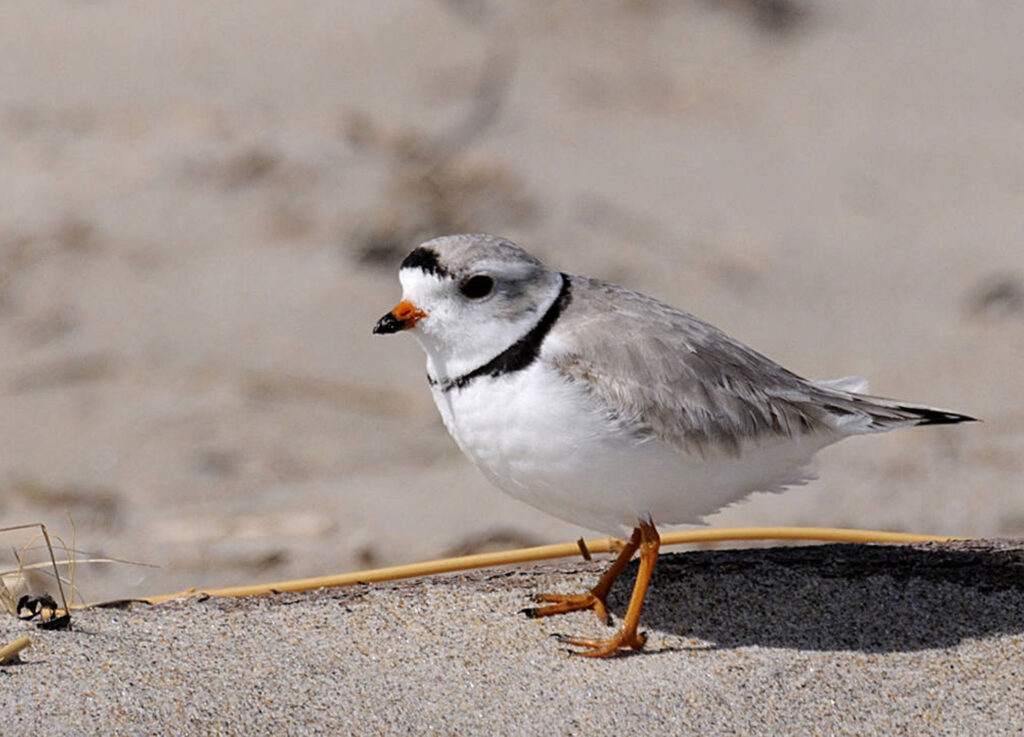
Piping Plover
Over one half of the entire breeding range of the piping plover (Charadrius melodus circumcinctus) is found in Canada. Piping plovers have been the focus of extensive research, conservation and recovery efforts over the last 50 years. However, the species still faces strong threats, related primarily to human activity, as they nest on exposed sandy or gravelly beaches, including those favoured for human recreation.
Potential ex situ role(s): Rescue
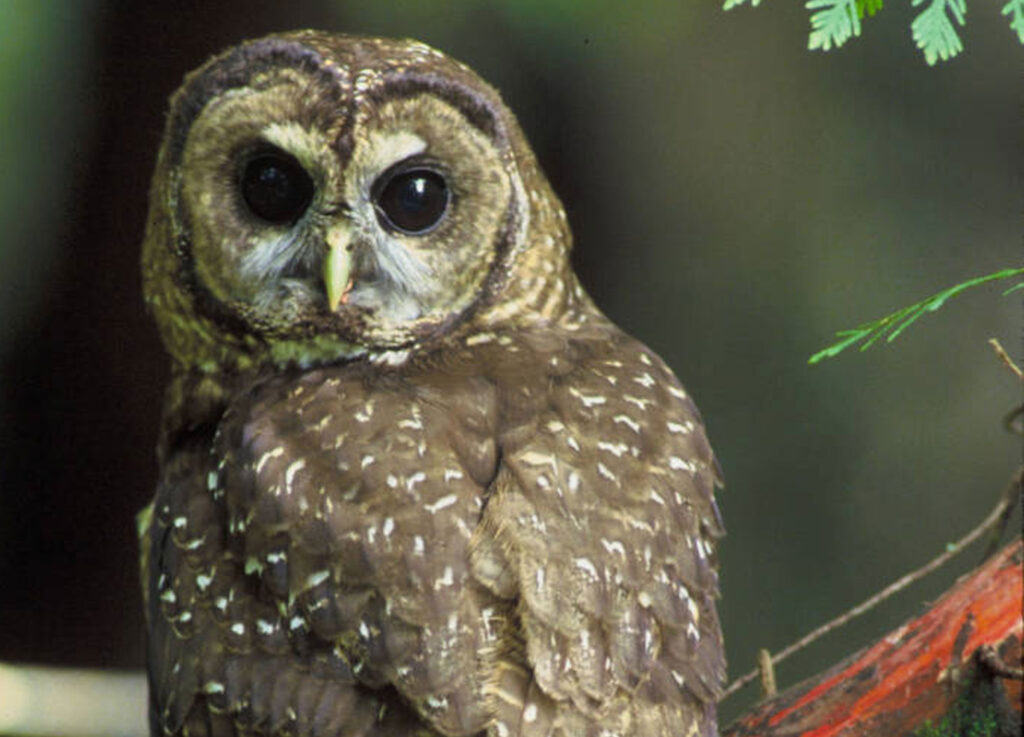
Spotted Owl
The Northern spotted owl (Strix occidentlis caurina) is among the most studied owl species in the world and is an environmental icon in Canada and the USA. The species occurs only in western North America from southwestern British Columbia to Mexico. Declines are due largely to past and continuing loss or fragmentation of forest habitat due to forestry practices, but competition from barred owls (Strix varia), climatic variation, wildfire and insect infestations that alter habitat may also contribute to the species decline.
Potential ex situ role(s): Reinforcement (conservation breeding underway)
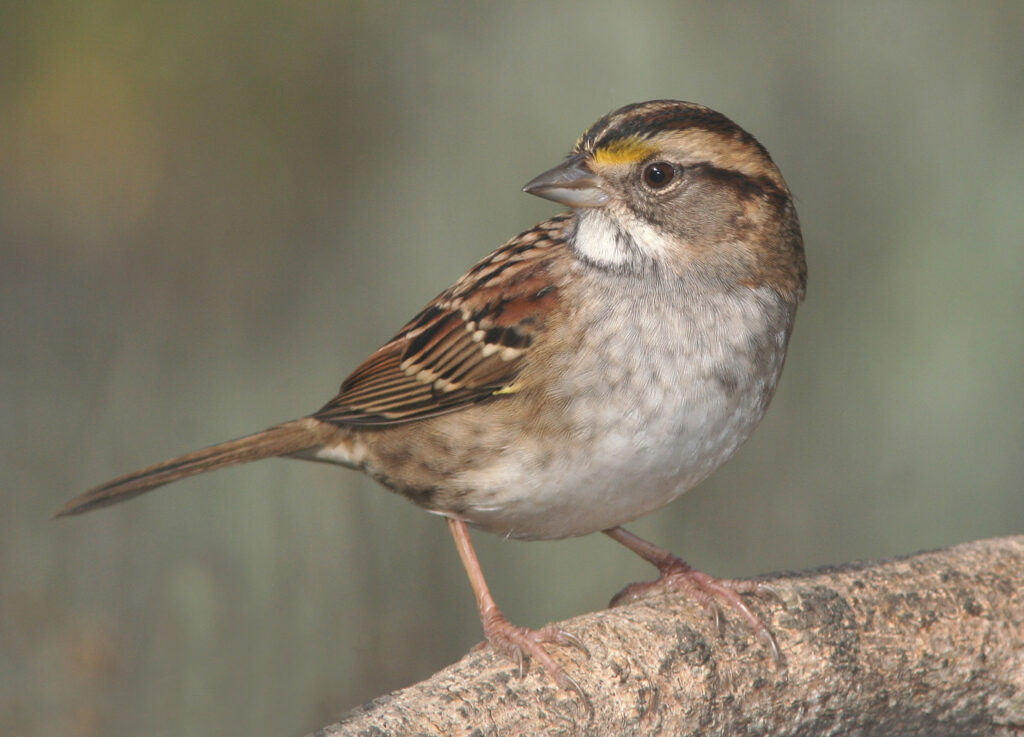
Vesper Sparrow
Vesper sparrows (Pooecetes gramineus) are grassland birds, preferring dry, open areas with short, sparse grass or herbaceous cover. This small sparrow nests on the ground, often in a small depression near a clump of grass. Vesper sparrow can be found throughout most of North America, but many populations are isolated and restricted in range. Within Canada, the coastal vesper sparrow, or affinis subspecies, is the rarest of the three subspecies, being found only on southeastern Vancouver Island and in the lower Fraser River Valley.
Potential ex situ role(s): Reinforcement, Reintroduction
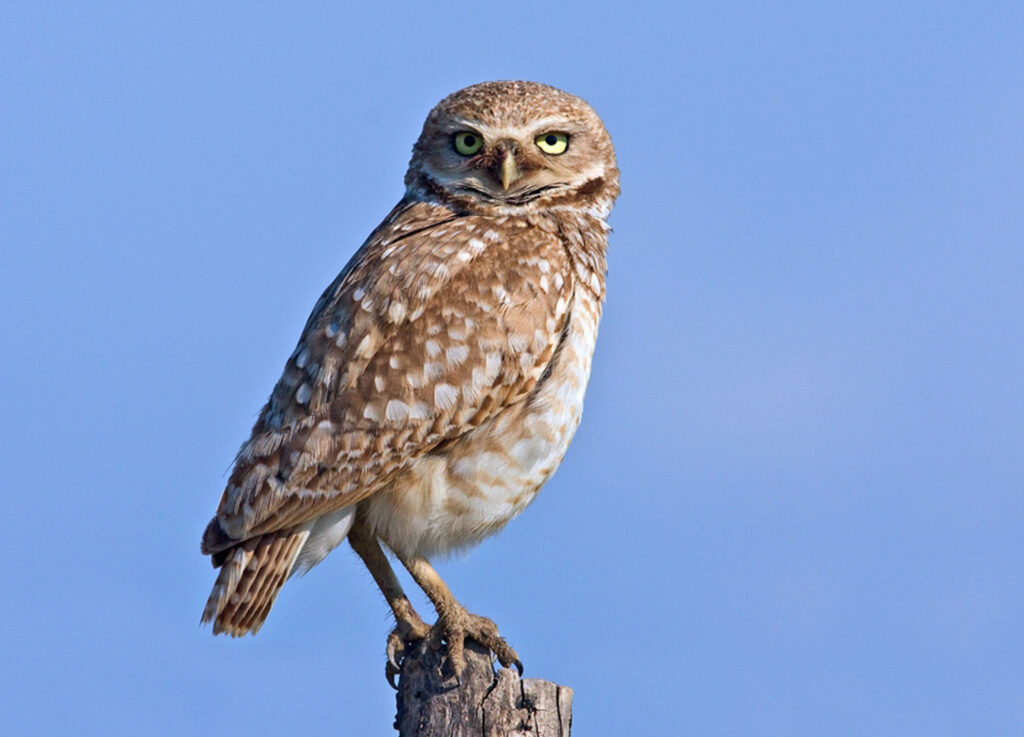
Burrowing Owl
The burrowing owl (Athene cunicularia) is unlike most owls in many ways: it lives in burrows in the ground, often in colonies of several dozen pairs, is active during the day, and eats mainly large insects. The burrowing owl has an extensive breeding range in western North America, but, in Canada, burrowing owls currently regularly breed only in Saskatchewan, Alberta, and the southern interior of British Columbia.
Potential ex situ role(s): Reinforcement (underway), Demographic Manipulation (underway), Reintroduction
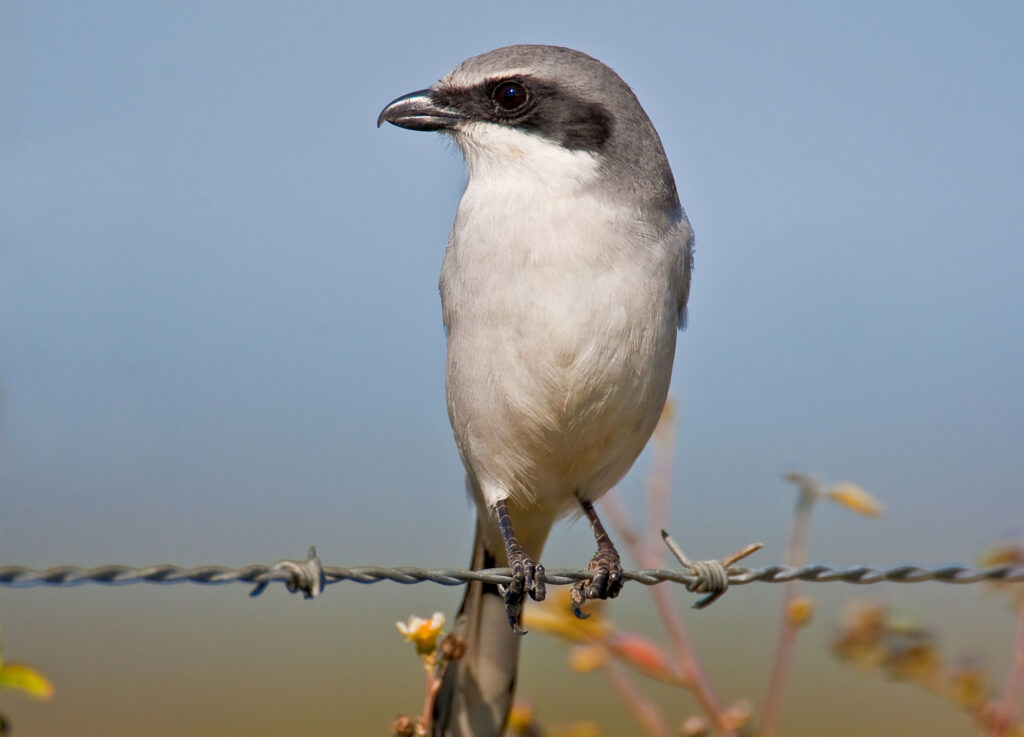
Loggerhead Shrike
The hooked bill and tomial ‘tooth’ of the loggerhead shrike (Lanius ludovicianus) are functionally similar to the notched bill of falcons, allowing them to be predators of vertebrates, which sets the species apart from other songbirds. The Eastern subspecies (L. l. migrans) regularly breeds in only two areas, both in southern Ontario, associated with limestone plains and alvars. Photo: Larry Kirtley
Potential ex situ role(s): Research (underway), Reinforcement (underway), Reintroduction, Insurance Population (established)
